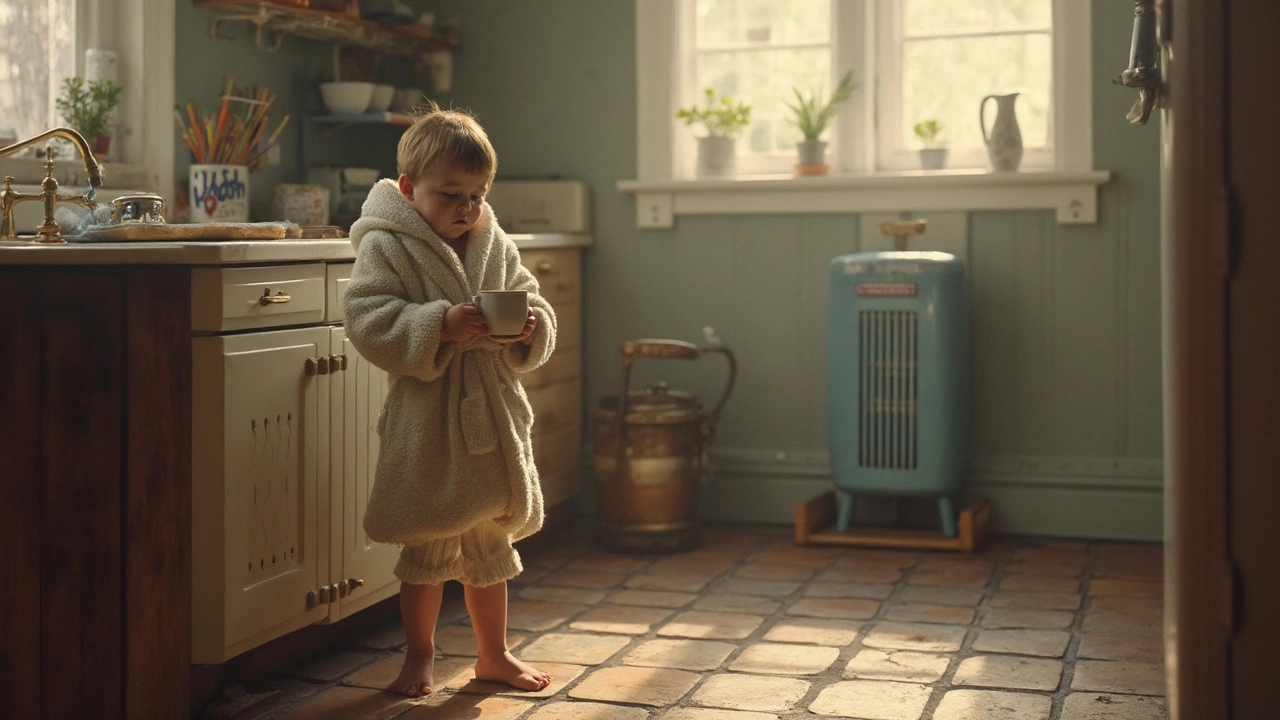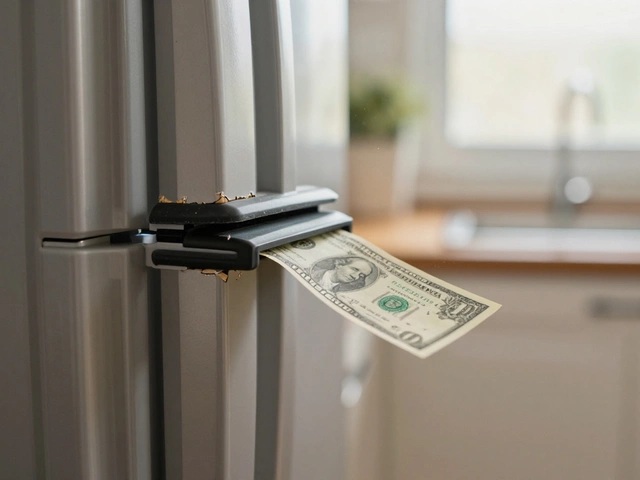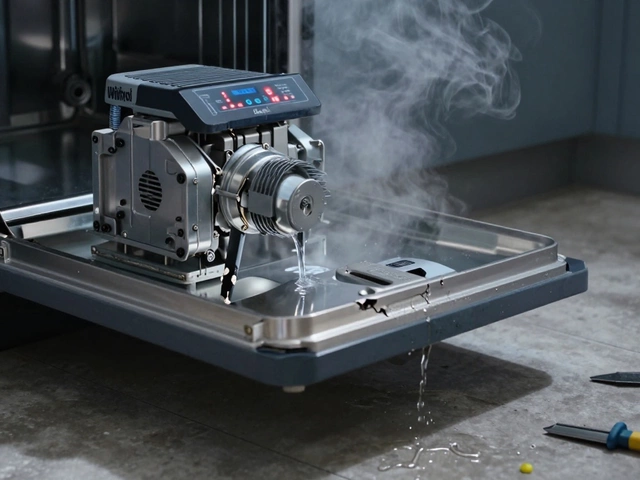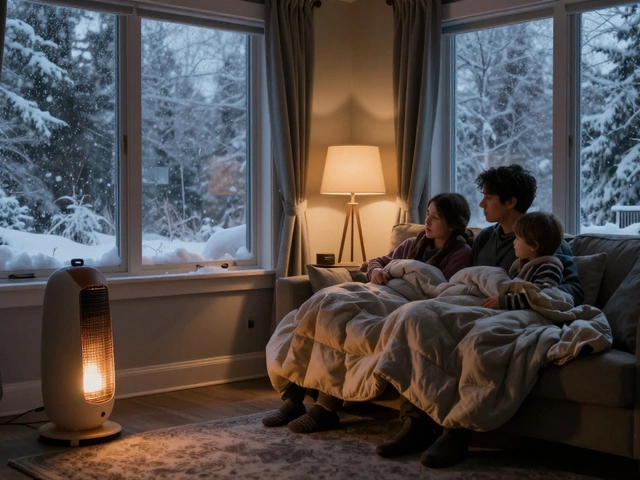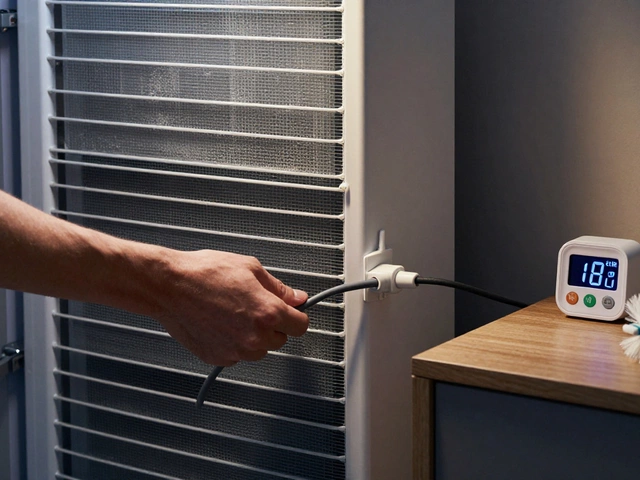Hot Water Heater – Fixes, Reset Guide & Lifespan Tips
Hot water is something you take for granted until the heater stops working. When that happens, you want a solution fast, not a long lecture. Below you’ll find the most common problems, a step‑by‑step reset guide, and advice on how long a heater should last before you think about replacement.
Common Problems and Quick Fixes
The first thing to check is the power supply. A tripped breaker or a blown fuse will make the unit look dead, but fixing the circuit often restores hot water instantly. If the heater turns on but the water is lukewarm, the thermostat may be set too low or stuck. Turn the dial a few degrees higher and listen for the heating elements clicking on.
Another frequent issue is sediment build‑up inside the tank. Over time minerals settle at the bottom and reduce heating efficiency. A simple flush can clear the debris: shut off the water and power, attach a garden hose to the drain valve, and let the tank empty until the water runs clear. This not only restores heat but also extends the heater’s life.
Leaking water around the base usually points to a failed pressure‑relief valve or a cracked tank. While a valve can be swapped fairly easily, a cracked tank means replacement is the only safe option. Never try to patch a tank yourself; the risk of a burst is too high.
How to Reset the Heater Safely
Many modern heaters have a reset button on the thermostat. If the unit has shut off, press the button and hold for about 5 seconds. If it pops back out, the heater has cleared the safety lock and should start heating again. If the button trips immediately, there’s an underlying fault—most often an overheating element or a wiring issue.
After a successful reset, give the heater at least 30 minutes to heat a full tank. Check the water temperature at the tap; if it’s still cold, repeat the reset once more. If the problem persists, it’s time to call a qualified technician. Trying to replace internal parts without proper training can void warranties and cause more damage.
While you’re waiting for a pro, keep a bucket of hot water ready for showers or dishes. A small portable heater can fill the gap for a day or two without breaking the bank.
Understanding these basics can save you time and money. For deeper insights on related topics—like boiler service, water heater lifespan, or why a reset might keep failing—check out our other articles linked below. Armed with the right knowledge, you’ll know exactly when a DIY fix will do and when it’s smarter to let the experts handle it.
Signs Your Hot Water Heater Is Failing: Here's What to Watch For
- Alden Wilder
- Feb 27 2025
- 0 Comments
Having trouble with your hot water heater might not be something you think about daily until a chilly morning shower jolts you awake. This article explores the tell-tale signs that your water heater is on its last leg, from weird noises to rusty water. Learn how to spot these red flags early on to save yourself from unexpected cold showers. Don't wait for small issues to become major inconveniences.
View More